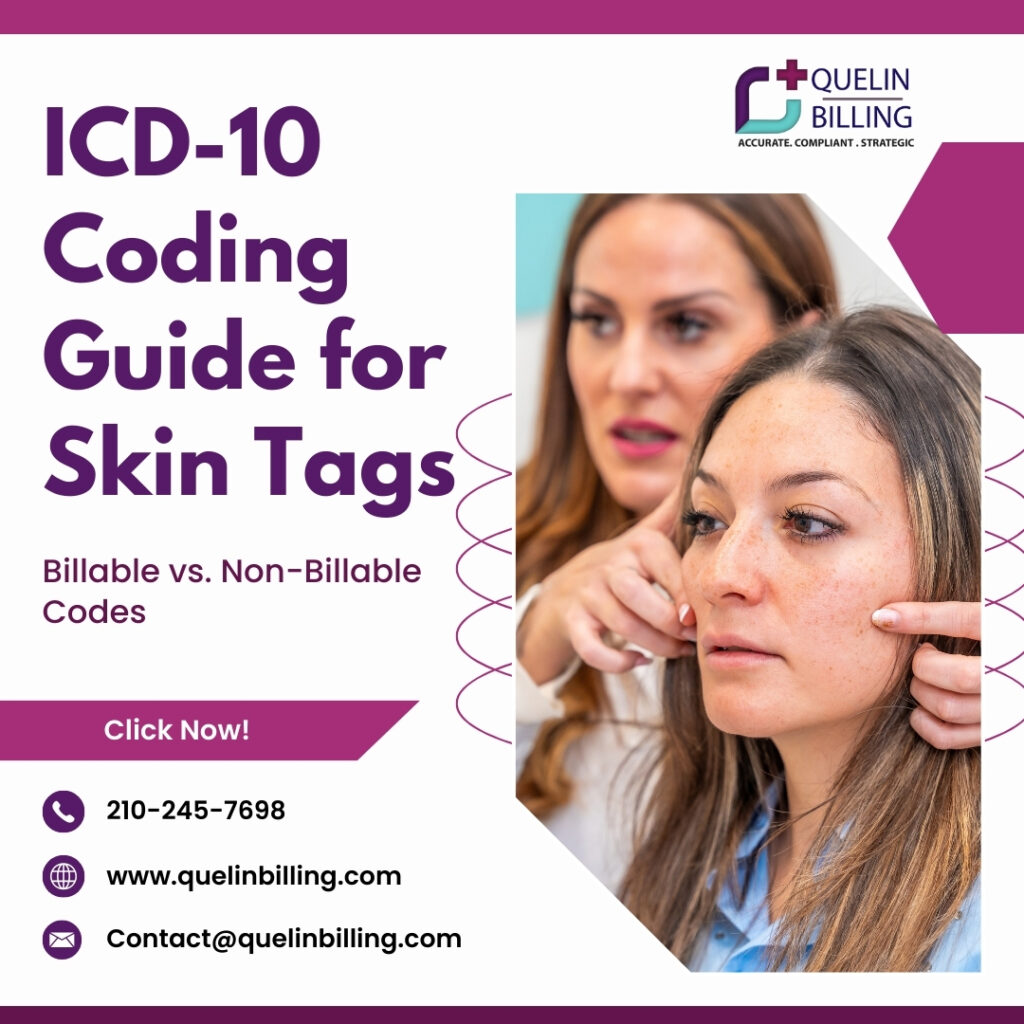- Quelin Billing LLC
- Home
- Get To Know Us
- Services
- Medical Coding Services
- Revolutionize Your Billing Operations with Innovative Solutions: Maximize Efficiency, Ensure Compliance, and Boost Patient Satisfaction
- Break Free from Aging Claims with Aggressive, High-Impact AR Tactics
- Break Free from Denials with Comprehensive Management Services That Increase Revenue and Ensure Compliance
- Authorization
- Elevate Your Financial Accuracy with Third Level Auditing: Expert Analysis, Strategic Recommendations, and Unmatched Precision
- Revolutionize Your Revenue Cycle with Our Elite Patient Collections Services: Accelerate Cash Flow, Minimize Delays, and Cultivate Strong Patient Relationships
- Unlock Your Practice’s Full Potential with Expert Billing Consultation: Streamlined Solutions to Maximize Revenue and Minimize Hassle
- Achieve Excellence in Medical Documentation with Our Expert Transcribing Services: Accurate, Efficient, and Tailored to Your Needs
- Transform Your Practice: Expert Provider Credentialing & Billing Services
- Blog
- Reviews
- Contact
Get Consultation
210-245-7698
ICD 10 Codes for Skin Tags: Billable vs. Non-Billable Codes
Ronnie S
February 7, 2025
Skin tags, those small, soft growths that hang from your skin, are a common concern for many patients. As a healthcare provider, it’s crucial to understand the proper ICD-10 codes for skin tags to ensure accurate billing and optimal patient care. In this comprehensive guide, we’ll explore the billable and non-billable skin tags icd 10, helping you navigate the complexities of medical coding with confidence.
Understanding skin tags icd 10
Before diving into the codes, let’s briefly review what skin tags are. Skin tags (acrochordons) are benign, flesh-colored growths that typically appear in areas where skin rubs against skin or clothing. Common locations include the neck, armpits, groin, and eyelids. While usually harmless, they can become irritated or bleed if constantly rubbed, leading some patients to seek removal.
Billable ICD-10 Codes for Skin Tags
When it comes to billing for skin tag-related procedures, it’s essential to use the correct ICD-10 codes. Here are the primary billable codes you should be aware of:
L91.8 - Other hypertrophic disorders of the skin
This code is commonly used for skin tags when no more specific code is available1. It’s particularly useful for skin tags in areas like the neck or when they’re irritated.
D23.9 - Benign neoplasm of skin, unspecified
Use this code for skin tags explicitly identified as benign neoplasms1. It’s applicable for various locations, including the face, eyelids, and back.
L98.8 - Other specified disorders of the skin and subcutaneous tissue
This code is appropriate for inflamed or bleeding skin tags, as well as those in genital areas1.
K64.4 - Residual hemorrhoidal skin tags
Specifically for skin tag icd 10 in the rectal or anal region, often resulting from healed hemorrhoids1.
Non-Billable ICD-10 Codes for Skin Tags
It’s equally important to recognize non-billable codes to avoid claim denials:
L72.3 - Miliaria Rubra
While this code might seem relevant due to similar appearance, it’s actually for heat rash and not billable for skin tags.
L91.0 - Hypertrophic Scar
This code is for raised scars, not skin tags, and is non-billable for skin tag removal.
L72.0 - Epidermal Cyst
Although useful for documentation, this code is non-billable for skin tags as it’s specific to epidermal cysts.
Best Practices for Coding Skin Tags
To ensure proper reimbursement and avoid claim denials, follow these best practices:
- Document thoroughly: Clearly describe the skin tag’s location, size, and any associated symptoms.
- Establish medical necessity: Insurance typically doesn’t cover cosmetic removals. Ensure you document any medical reasons for removal, such as irritation or bleeding.
- Use the most specific code: When possible, use the most precise code that describes the patient’s condition.
- Pair with appropriate CPT codes: Remember to use the correct procedure codes alongside your ICD-10 diagnosis codes.
- Stay updated: ICD-10 codes can change, so regularly review the latest coding guidelines.
The Impact of Proper Coding
Accurate coding isn’t just about getting paid. It’s about providing quality care, maintaining compliance, and contributing to valuable healthcare data. By mastering the ICD-10 codes for skin tags, you’re not only improving your practice’s financial health but also enhancing the overall healthcare system.
Conclusion
Navigating the world of ICD-10 codes for skin tags doesn’t have to be daunting. By understanding the differences between billable and non-billable codes and following best practices, you can ensure accurate coding, proper reimbursement, and optimal patient care. Remember, when in doubt, consult with a certified medical coder or consider outsourcing to a professional medical billing service to maximize your coding accuracy and efficiency. Are you looking to streamline your medical billing process? Visit quelinbilling.com for expert assistance in navigating the complexities of medical coding and billing.
Source link: ICD-10 codes for skin tags
Have Any Question?
Reach out to Quelin Billing for expert assistance in medical billing, coding, and practice management, tailored to your healthcare needs.
- 210-245-7698
- Contact@quelinbilling.com






